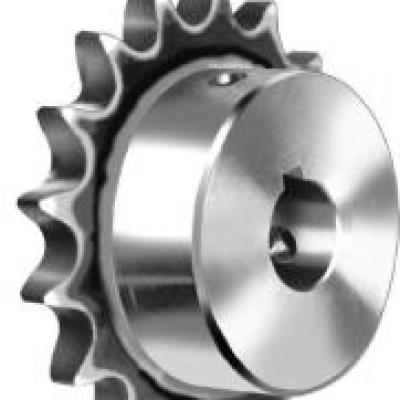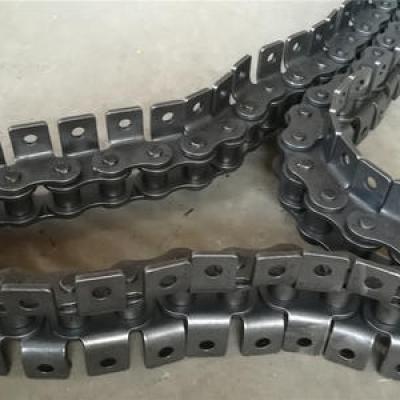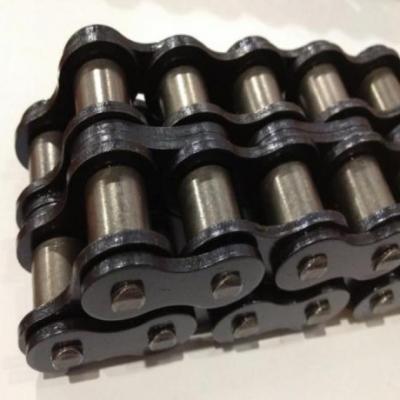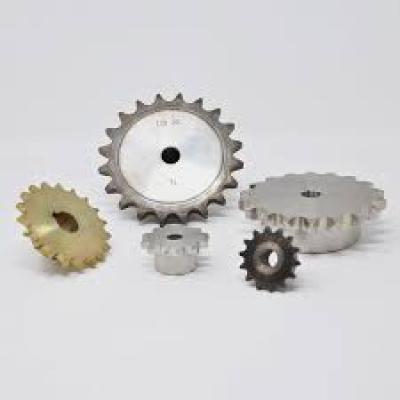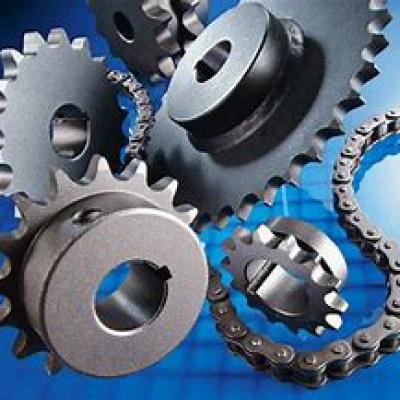What are the failure modes of chain drive? What is the principle of arrangement
Compared with the chain, the sprocket has a higher strength bai and a longer service life. Therefore, the failure of the chain drive is mainly the failure of the chain. The main failure modes dao are:
(1) Fatigue failure of the chain.
Under the action of variable stress, each element of the chain will undergo fatigue fracture after a certain number of cycles, and fatigue pitting and fatigue cracks will appear on the surface of the roller and sleeve. Under normal lubrication conditions, the fatigue strength of the chain plate determines the chain transmission load The main factor of ability.
(2) Wear and tear of chain hinges.
Hinge wear will increase the chain pitch and cause tooth skipping and chain disconnection. This failure mode generally occurs in open or poorly lubricated chain drives.
(3) The chain hinges are glued together.
When the lubrication is improper or the speed of the sprocket is too high, the working surface of the pin and sleeve of the chain hinge will be damaged by the lubricating oil film. Direct contact at high temperature and high pressure will cause the two surfaces to bond, and the relative movement will tear the bonded part. The resulting surface is torn and damaged, which is called gluing. Therefore, the limit speed of the chain drive must be limited.
In order for the chain drive to work normally, attention should be paid to its reasonable layout. The layout principles are briefly described as follows:
(1) The rotation planes of the two sprockets should be in the same vertical plane, otherwise the chain will easily fall off and cause abnormal wear. To
(2) The connection between the centers of the two sprocket wheels is best to be horizontal or at an inclination angle below the horizontal. Try to avoid vertical transmission to avoid poor meshing or disengagement with the lower sprocket. To
2 Tension of chain drive
If the loose edge sag is too large in the chain drive, it will cause poor meshing and chain vibration. Therefore, the purpose of chain drive tensioning is different from that of belt drive. The tensioning force does not determine the working capacity of the chain, but only the size of the sag.
